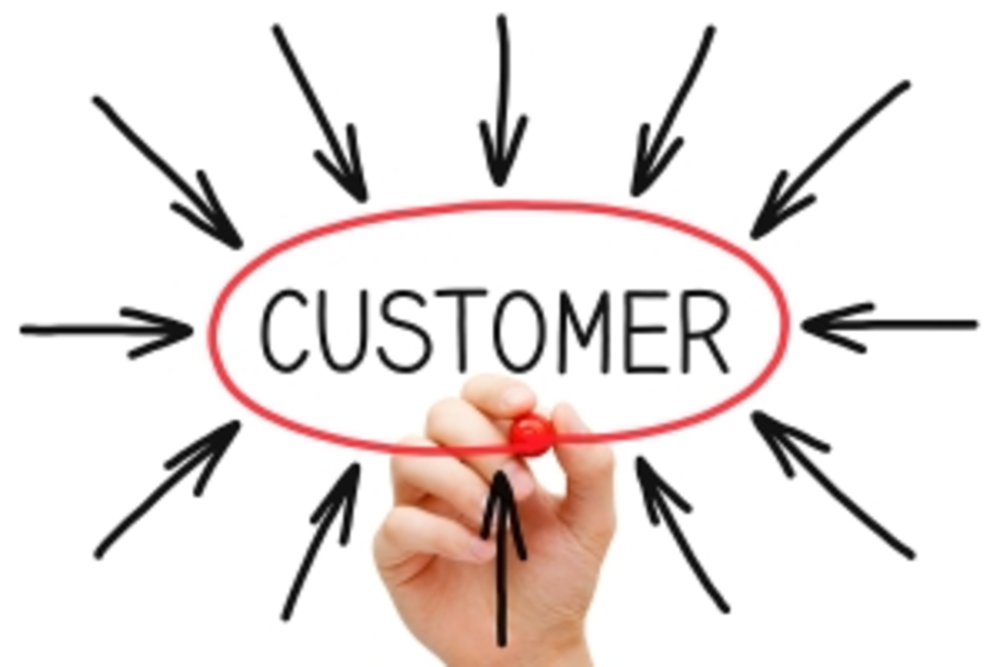Today’s customer is growing accustomed to researching and purchasing across multiple channels, even for a single transaction. The best omnichannel marketers understand this, and it shows in their advertising, messaging, and customer interactions. However, too many businesses have taken an inside-out approach, focusing on individual channels at the expense of a consistent experience across channels.
Old habits die hard, but die they must if marketers are to alter their strategies and place the customer at the fore.
“Customer centricity has become an imperative,” says Chip Overstreet, SVP of marketing at cross-channel personalization provider MyBuys. Here, Overstreet, and other experts offer six questions marketers can ask themselves to determine if their business is on track to being customer centric.
Are customers engaged?
“Are people engaging with your messaging? Have they responded to whatever it is that you’re putting in front of them? Are they moving in your direction as a vendor?” asks Mike Kisseberth, chief revenue officer at Purch, the digital publishing company formerly known as Tech Media Network.
Nothing is more telling of a company’s marketing than the engagement rates on its content. Low engagement rates such as a lack of comments or shares could signify that customers and prospects didn’t see the content or did see it, but didn’t care. Marketers lose in either case.
Are you listening?
Today’s customers demand much from the businesses they engage with, but they’re also extremely open about their preferences. Beyond the heaps of volunteered data that companies such as Amazon have optimized their business around, customers are quite clear about how they wish to interact with a brand. Woe is the marketer who ignores this input. “Today’s successful marketers are the ones who listen to their customer’ implicit and explicit preferences, and communicate based on those cues,” explains Dave Walters, product evangelist at automation and email marketing company Silverpop.
Are you consistent?
Perhaps the most discerning quality in true omnichannel marketing is consistency. Customers don’t distinguish between the different divisions or operating groups within a company. Part of the omnichannel promise is making sure customers receive messaging that is consistent across channels and personalized. “You have to be consistent, but there’s a difference between having a consistent message and having a consistent personalized message,” MyBuys’ Overstreet says. “If you’re just repeating the same messages through social channels it’s not social, it’s spam. There’s nothing social or consistent about that.”
Are you responsive?
People often engage with brand’s messaging only to find the brand completely unresponsive. Ignoring customers has always been a dangerous practice, but it’s an easy habit to fall into given the sometimes negative nature of feedback online. Though temptation may be strong, marketers must remain responsive. In today’s transparent digital world, silence can be even more damaging than negative feedback. “You’re never excited about getting a negative response, but response is always valuable. It gives you an indication of how people feel about your product or service,” Purch’s Kisseberth says. “Any interaction is positive in that regard.”
Do you recognize your customers?
Given marketer’s access to data, there’s little to excuse not knowing a customer. However, even if businesses understand a customer’s behavior and habits on one device, the challenge lies in recognizing that same customer on another device. “Mobile has changed shoppers’ behavior drastically. If you can’t recognize customers when they reach out on mobile, you can’t have a customer-centric view,” Overstreet says.
Are you fostering relationships?
Simply closing a sale and moving on to the next lead is no longer viable in today’s environment. Consumers are making big buys in half the time and marketers who aren’t working to maintain relationships with their customers risk being forgotten when the sales cycle begins again. Marketers must strive to foster a healthy relationship with customers, old and new. “All too often, customers are forgotten after a first purchase, but to be successful–and drive great revenue–marketers must engage and reward their most loyal [customers],” Silverpop’s Walters says. “It’s also important to remember that today’s customer relationships cannot be siloed. A customer’s actions on mobile, email, the Web, brick-and-mortar stores, etc., must be housed in one marketing database.”








